Enter a surname, town name or other keyword to search the database. Remember to
allow for the different spellings of 'Mc' and 'Mac.' Good luck!
{Search tips: Use single word search terms for more results}
You must enter some valid character(s) into the search field
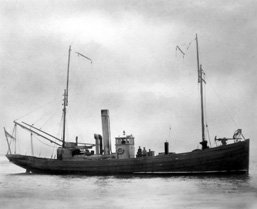
Reference: rap003
The fishing drifter Lavatera w...
|
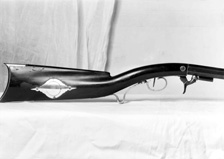
Reference: 47790g
Percussion rifles, under the n...
|
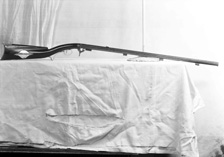
Reference: 47790f
Percussion rifles, under the n...
|
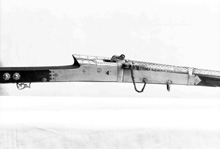
Reference: 47790e
Percussion rifles, under the n...
|
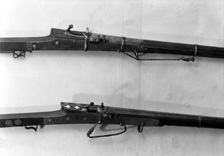
Reference: 47790d
Percussion rifles, under the n...
|
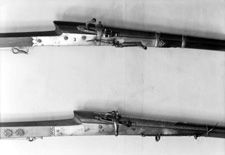
Reference: 47790c
Percussion rifles, under the n...
|
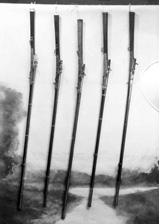
Reference: 47790b
Percussion rifles, under the n...
|
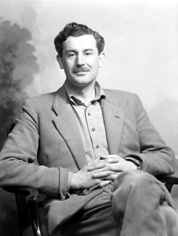
Reference: 40813b
Lord Lovat. Brigadier Simon Ch...
|
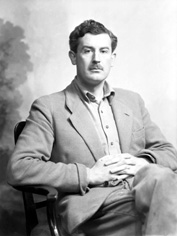
Reference: 40813a
Lord Lovat. Brigadier Simon Ch...
|
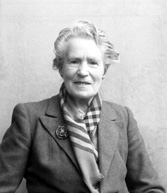
Reference: 45732b
Mrs Neil M. Gunn c1960 (1885-1...
|
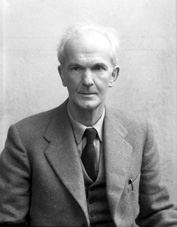
Reference: 45732a
Neil M. Gunn c1960. Neil Mille...
|
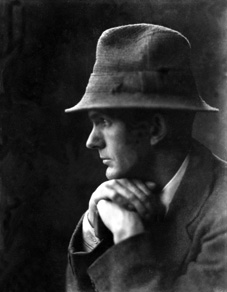
Reference: 25909a
Neil M. Gunn in June 1927. Nei...
|